Official Obama portrait: Contemporary in a Traditional Way
February 28, 2018
When former President Obama was asked to select an artist to paint his official Smithsonian National Portrait, Kehinde Wiley was an obvious choice. Wiley is known for his large-scale paintings of black men and women who are usually recruited off of the street in New York, shopping malls, and other public spaces. He then poses these everyday people regally, in the style of Classical European paintings of noblemen, royalty and aristocrats.
Wiley understands that a portrait does not merely record someone’s features, but says something about who he or she is, offering a real sense of a person’s presence. What makes Obama’s portrait contemporary and controversial then? This portrait blurs the boundaries between traditional and unconventional; the “new” inheriting the “old.” He is taking a traditional pose and placing it in an untraditional wall-paper-like environment.
Taking a look at the portrait, Obama is realistically depicted in a dark suit with an open collar and tieless. He is sitting casually forward and looking directly at you, the viewer. The chair is reminiscent of a throne, but not overpoweringly so. This pose illustrates that though the sitter is authoritative, he has his full attention on the viewer and is willing to have a conversation.
Another tradition for a portrait is to include items and/or an environment that relates to the sitter’s history, personality, or characteristics. This is what makes former President Obama’s portrait so powerful.
The wall-paper-like background is primarily ivy which is often admired for its beautiful appearance on the walls of buildings. It is a strong plant, which can grow in the hardest environment. It can climb to great heights and its older stems can become as thick as those of trees. It can travel from one plant to another, often binding the plants together.
We can’t ignore the term “Ivy League” here. It refers to a group of eight prestigious universities established between the 1600’s and 1800’s, the oldest being Harvard, where Obama received his JD degree.
The types of flowers that are included within the ivy also gives us some insight on Barack Obama. The gold and pink flowers are chrysanthemums which, in America, typically symbolizes respect and honor. They also signify loyalty, fidelity and optimism throughout the world. A personal tie to Obama would be the fact that he was Illinois State Senator and the chrysanthemum is the official flower of the city of Chicago.
The small white flowers are jasmine. It is a fragrant flower that is still used in making leis in Hawaii, of course, representing Obama’s birthplace and childhood in Hawaii. The third flower represented would be the African Blue Lilies which have origins from South Africa, Lesotho, Swaziland, and Mozambique. This would be an indication of his father’s heritage and a reminder of what sets him apart from the rest of the Presidents.
During the unveiling ceremony last week, Wiley stated, “The ability to be the first African-American painter to paint the first African-American president of the United States is absolutely overwhelming,” Wiley said. “It doesn’t get any better than that. I was humbled by this invitation, but I was also inspired by Barack Obama’s personal story.”
As a result, we are given a conventional and regal pose with a twist. The viewer is asked to discover Barack Obama’s personality and characteristics as we sit down and have a chat.



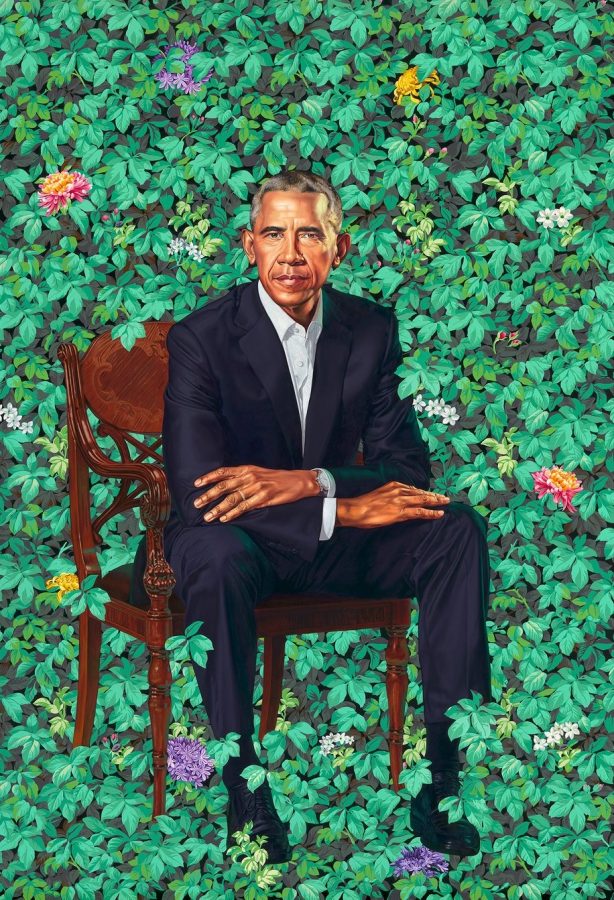
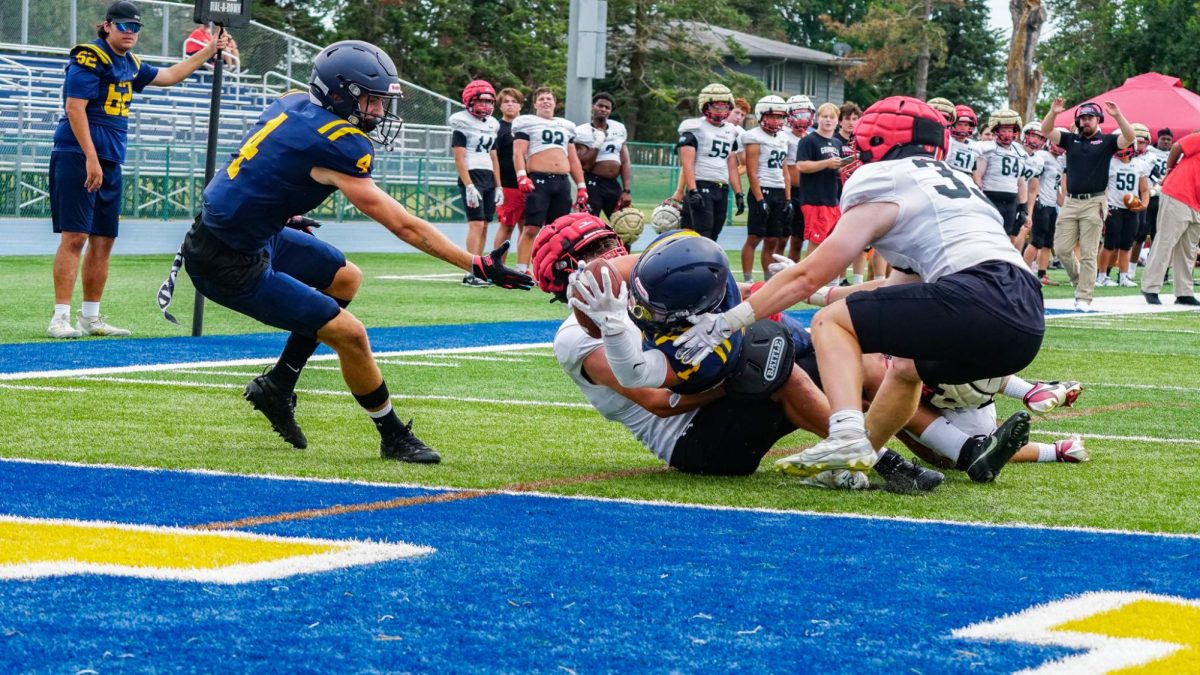
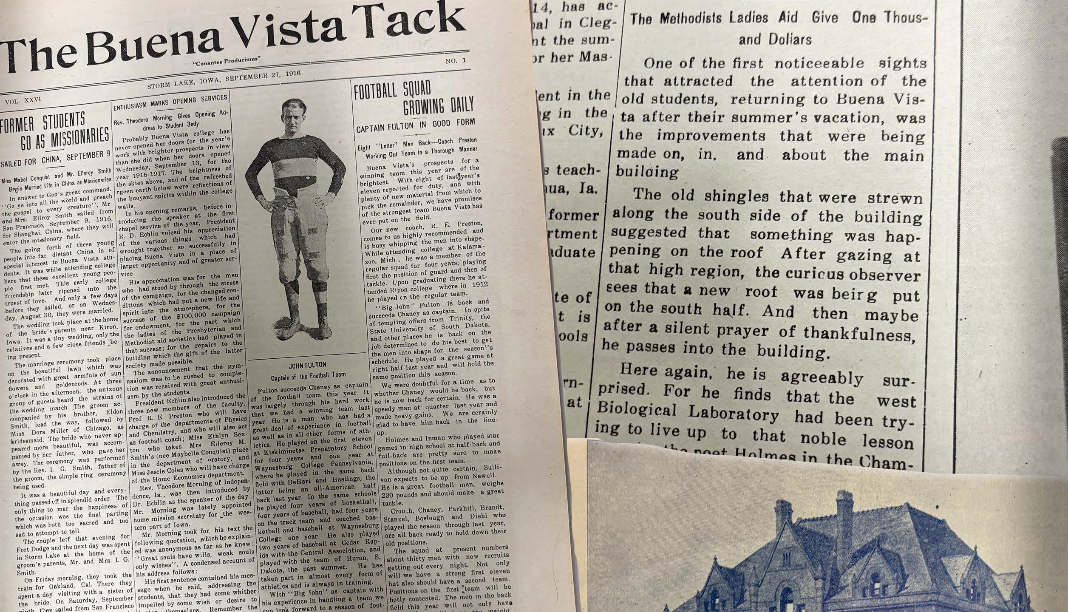
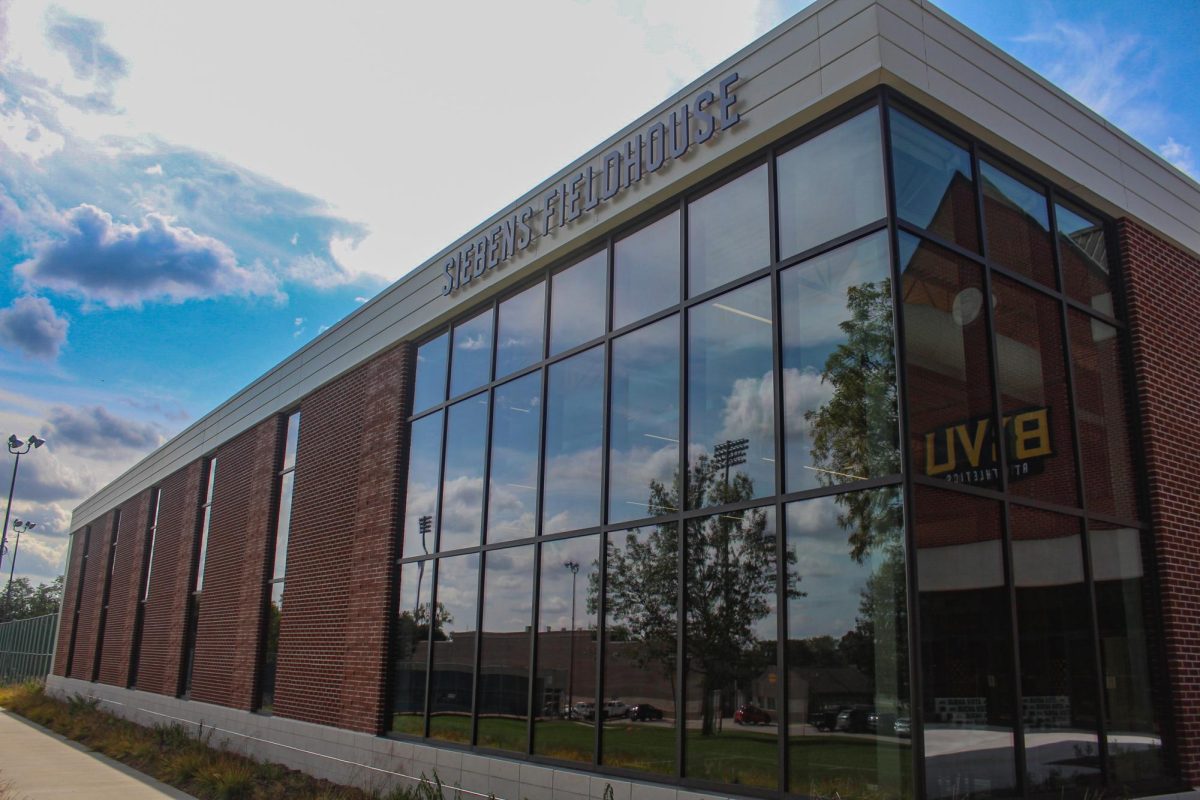
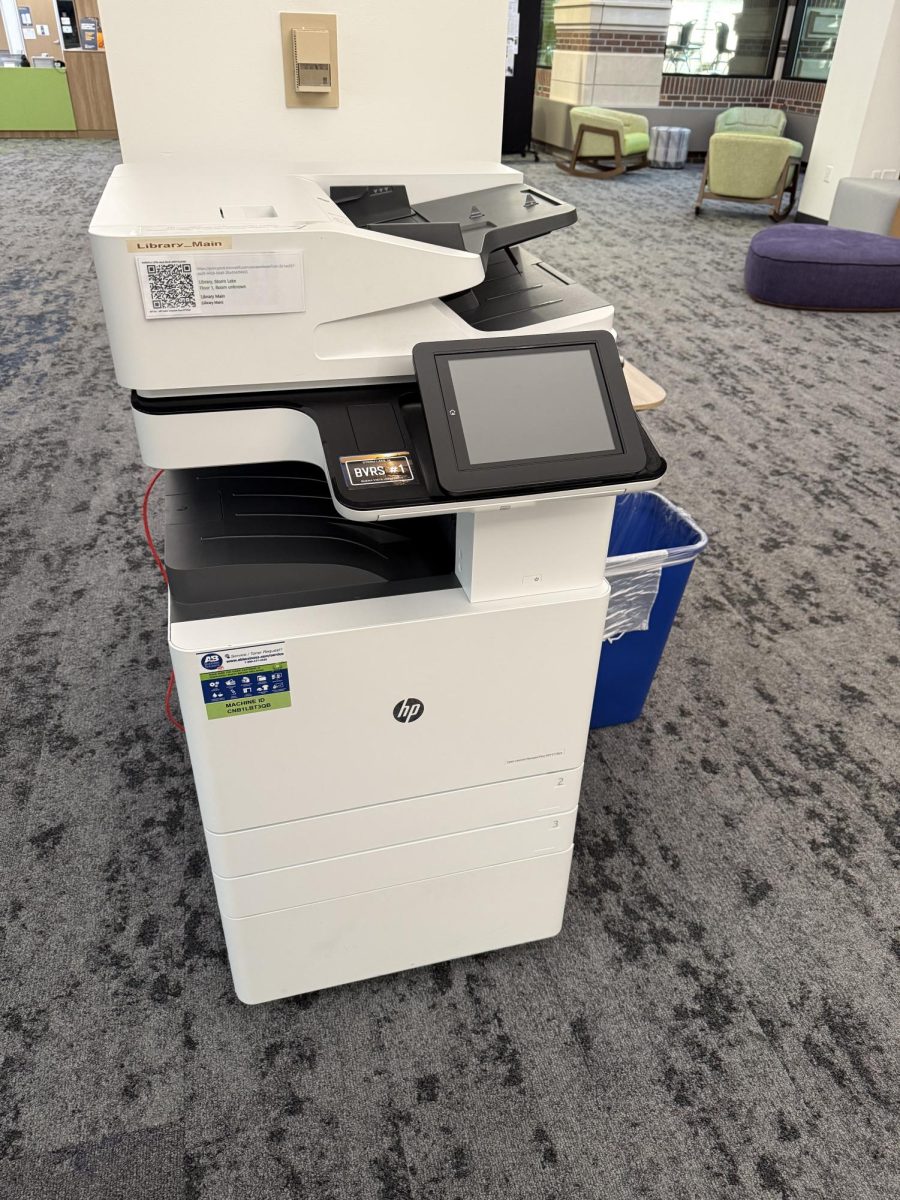
Bob Ferguson • Mar 7, 2018 at 3:52 am
Hi Mary. This is s great review of a wonderful portrait. Thanks for helping us see it more clearly.